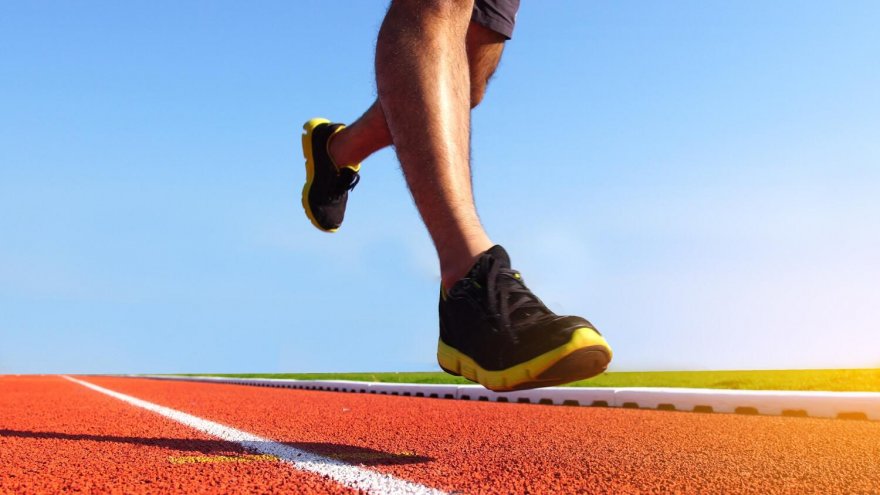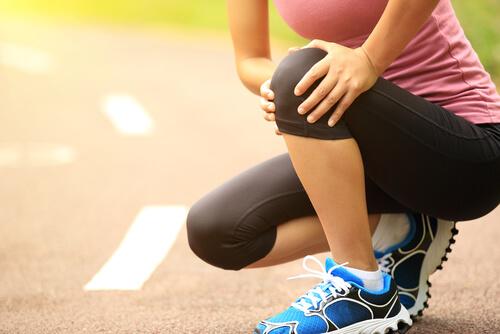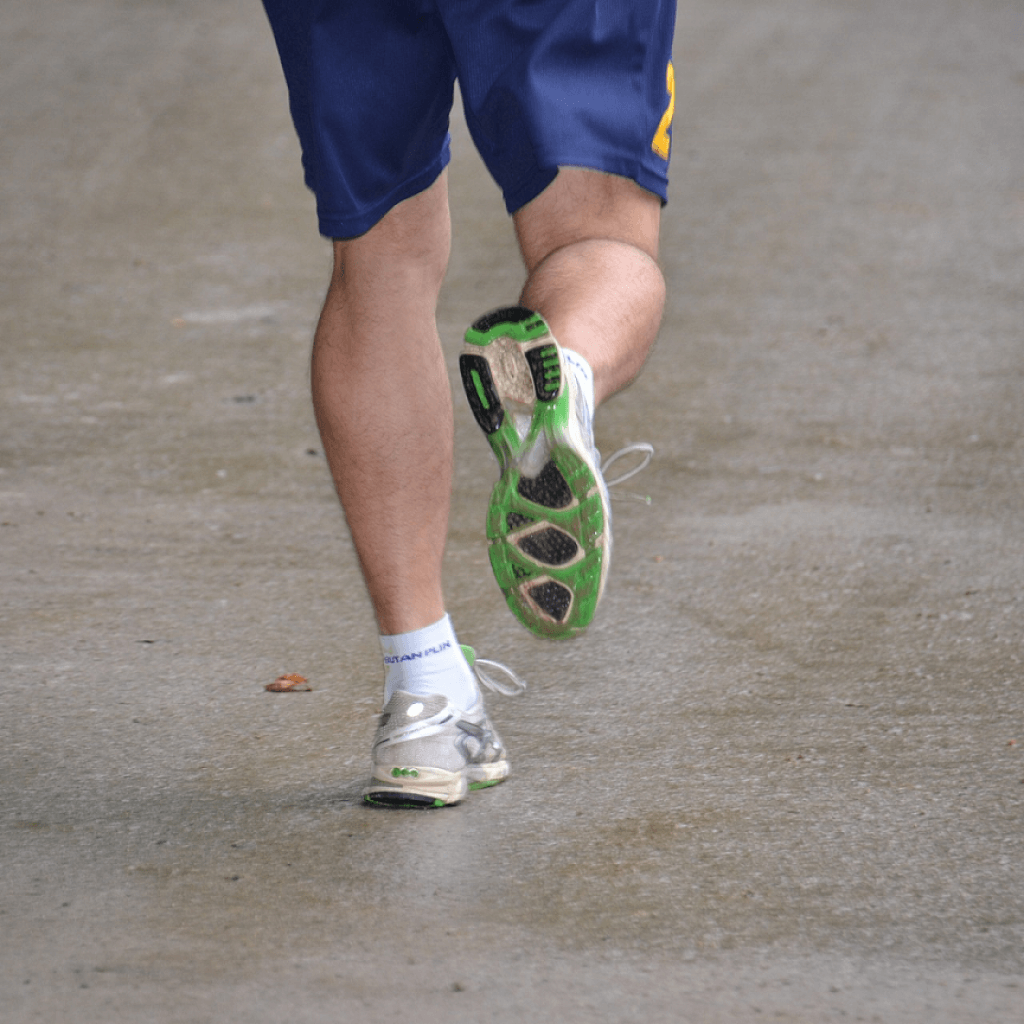How Much Cushion Do You Really Need in a Running Shoe?

Like many aspects of running, shoes are a much more complex topic than they might at first appear. Depending on precisely what you need out of a shoe, the weight, fit, material and overall design of your footwear could have a pretty substantial impact on your decision.
Among the most frequently discussed factors is that of cushioning. Often, people immediately assume that the more cushion a shoe provides, the better. But, is this really true? How much cushioning do you really need? What should you consider when picking your next pair of running shoes?
The Purpose and The Claims
To fully understand this topic, though, it’s important that we first clarify why cushioning seems like a desirable trait in running shoes. Of course, the logical assumption is that cushioning will allow you to run on harder surfaces while reducing the impact forces on your joints.
Based on this, the claim is frequently made that so-called “maximalist shoes” – those that are absolutely stuffed with cushioning – can reduce your risk of pain and injury. This idea makes these shoes particularly appealing to individuals who have previously dealt with injuries in their ankles and knees.

Similarly, many cushioned shoes are designed to provide motion control so that they can help to correct overpronation and related issues with running form.
Overall, then, the appeal of maximalist shoes is related to the claim that they can prevent a variety of injuries and improve your comfort while running. The big question, though, is this: does science agree?
What Say You, Science?
Really, there are several different – though related – ideas that need to be examined here. So, a body of scientific inquiry has to be considered.
First, do cushioned shoes effectively reduce the impact forces endured by your legs while you’re running? To answer this question, a group of researchers at the Spaulding National Running Center had a group of 14 male runners complete trials on a specialized treadmill with both standard and cushioned running shoes. Through the workouts, impact forces at various stage of stride and foot strike were measured.
For the most part, the two types of running shoes were pretty even. Except, for where it really mattered – vertical impact forces. Surprisingly, the cushioned shoes actually increased the amount of stressed place on the runners joints by a pretty significant margin.

And, since vertical impact forces have been directly linked with an increased risk of injury, this brings up questions regarding the injury-prevention claims surrounding these shoes. To sort out this aspect of the debate, a team of researchers from Luxemburg designed a particularly clever study.
In this situation, 215 runners with similar abilities were all given seemingly identical shoes. Except, the shoes were a lie. In reality, some of the shoes had softer midsole supports than other – but the runners could not tell the difference. Further, the study was designed to be double-blind, randomized and controlled.
Over the course of five months, the training and injury rate of each running was carefully observed. At the end of the study, the softer shoes did not make any difference when it came to the development of injuries.
Finally, what about running performance? Often, the assumption is made that cushioning will allow you to run more efficiently, reducing your energy expenditure. This too falls apart upon closer scientific investigation. Which, when you consider that all of that cushioning adds weight to your shoes, makes sense. According to most studies, each 100g of additional weight increases your energy cost by about 1 percent.
Finding The Balance
After reviewing all of this research, things can look pretty bleak for cushioned running shoes. But, in truth, it’s not all bad. The fact remains that running is an incredibly individualized sport and shoe selection is no different.
In each of these studies, the individual stride, running style and body type of the runners had to be controlled for – which means that each of these factors will impact how you respond to cushioned shoes. And you can’t control for these things in the real world. Instead, they will have a very real influence over your performance.
How can you rationalize the above-mentioned studies with your own needs and make an informed decision? Put simply: don’t rely too heavily on cushioning. It will not solve fundamental issues with your running.

Still, a small amount of cushioning may be needed to prevent any previous injuries from flaring up again. Similarly, runners who recovering from a surgery or injury may need to slow down and wear cushioned shoes until they fully recover.
The big question, though, has to do with just how much cushioning is too much? The answer, however, is entirely individual. It may take some trial and error until your find the right amount of your. When you’re shopping around, though, remember that those shoes should fit comfortably and should not change your stride or foot strike pattern in any noticeable way.
Sources
Latest Articles
 Is Running on a Treadmill Easier Than Running Outside?Runners have their own preferences, whether it is treadmill running, running outside on the road, or exploring trails. So...
Is Running on a Treadmill Easier Than Running Outside?Runners have their own preferences, whether it is treadmill running, running outside on the road, or exploring trails. So... Is It OK to Use Trail Running Shoes on the Road?While trail running shoes can be used on roads, especially in situations where a runner encounters mixed terrains or pref...
Is It OK to Use Trail Running Shoes on the Road?While trail running shoes can be used on roads, especially in situations where a runner encounters mixed terrains or pref... How to Fix Sore Quads After Running?Rest, ice, gentle stretching, and over-the-counter pain relievers can help soothe sore quads after running. Also, ensure ...
How to Fix Sore Quads After Running?Rest, ice, gentle stretching, and over-the-counter pain relievers can help soothe sore quads after running. Also, ensure ... 10 Fruits With The Most Electrolytes to Replace Sports DrinksThese fruits are high in electrolytes such as potassium, magnesium, and calcium, essential for hydration, muscle function...
10 Fruits With The Most Electrolytes to Replace Sports DrinksThese fruits are high in electrolytes such as potassium, magnesium, and calcium, essential for hydration, muscle function...

